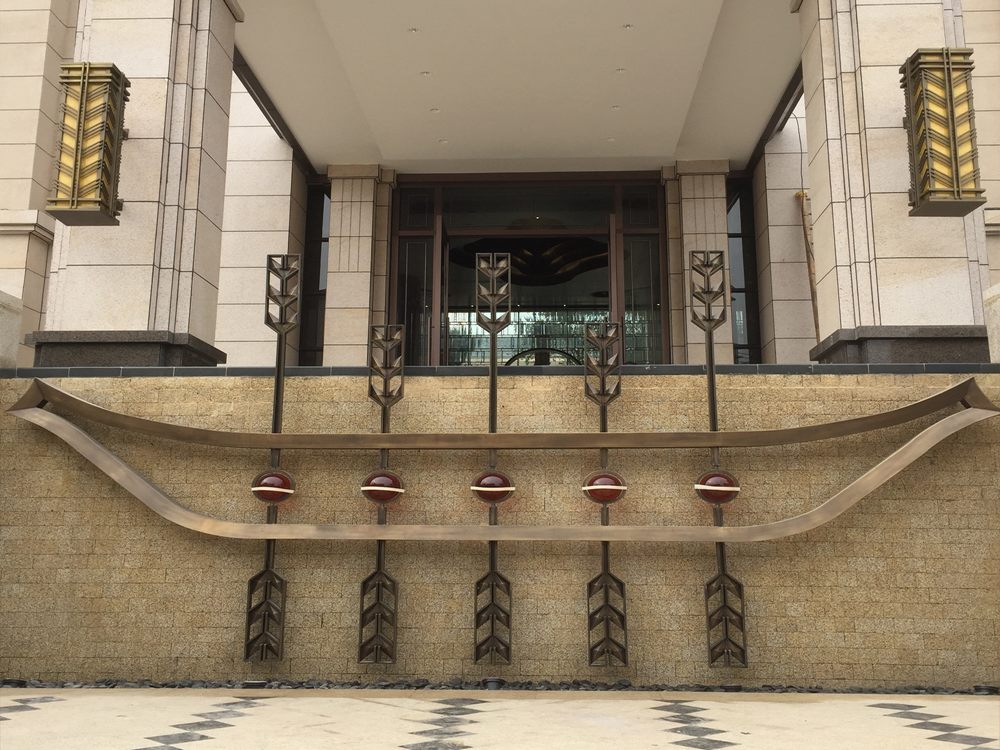
Creating stone sculptures for community centers requires careful planning to ensure the artwork resonates with the public while standing the test of time. Here are the most important considerations:
1. Durability and Material Selection: Choose weather-resistant stones like granite or marble to withstand outdoor elements. The material should be sturdy enough to endure frequent interaction while maintaining its aesthetic appeal.
2. Cultural and Symbolic Relevance: The sculpture should reflect the community’s identity, values, or history. Engage local stakeholders to ensure the design aligns with their cultural heritage and aspirations.
3. Safety and Accessibility: Ensure the sculpture is securely installed and poses no hazards, especially in high-traffic areas. Consider placement to accommodate all visitors, including children and individuals with disabilities.
4. Aesthetic and Functional Balance: While artistic expression is vital, the sculpture should complement the center’s architecture and serve as a focal point for gatherings or reflection.
5. Community Involvement: Involve residents in the design process through workshops or surveys to foster a sense of ownership and pride in the artwork.
By addressing these factors, stone sculptures can become enduring symbols of unity and creativity in community spaces.

